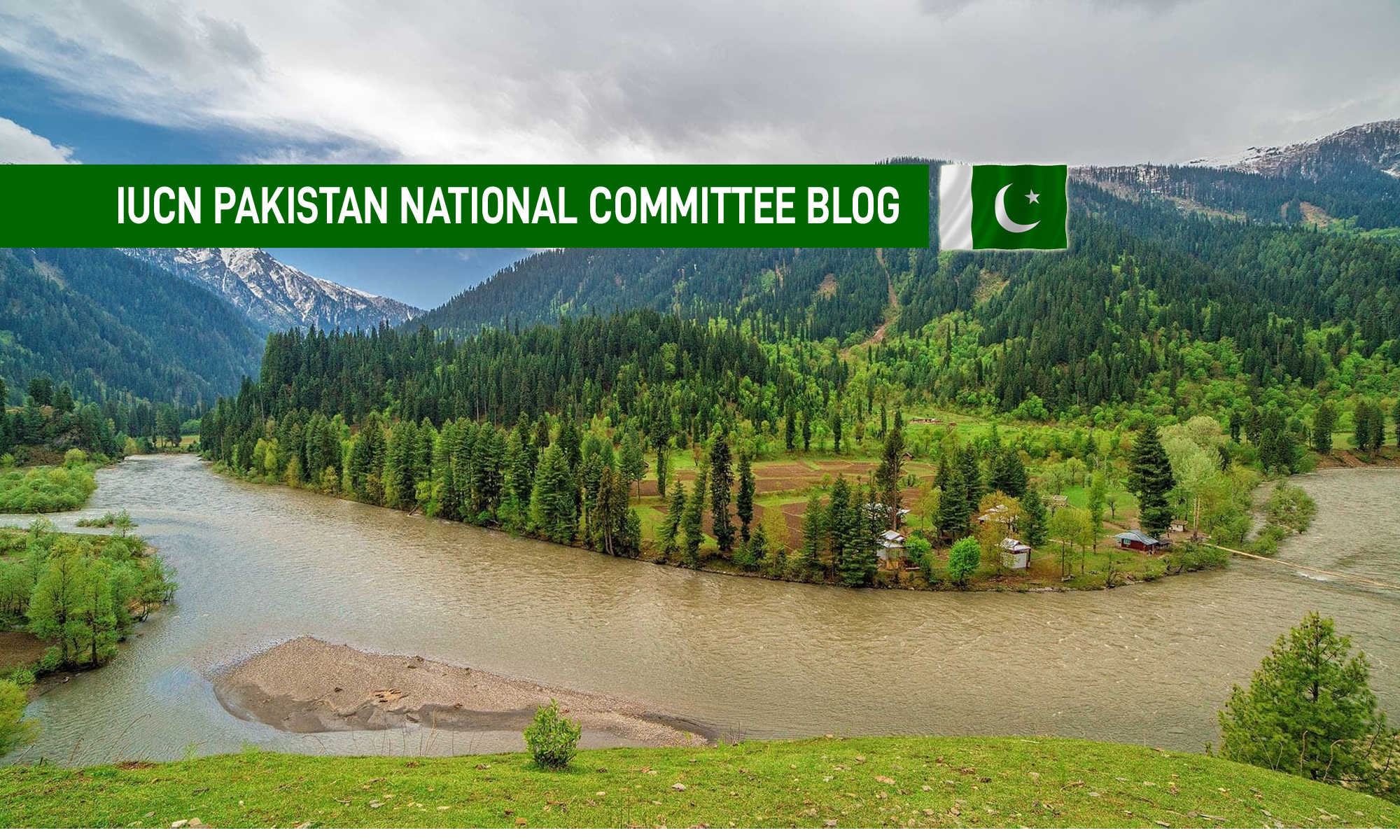By Naseer Memon
GIVEN recent experience, one could say that Asia is under the jinx of climate change and natural disasters. Extreme weather events with debilitating intensity and frequency have brought unprecedented misery for millions in the region.
The International Union for Conservation of Nature (IUCN) held its fifth Asia Regional Conservation Forum in Incheon, South Korea recently. It was attended by more than 500 delegates from different countries. Being there, I had the chance to interact with participants from neighbouring countries. The poignant tales of rain, floods, disasters and the plight of affectees were almost similar from all the countries represented. Recent disasters experienced in Pakistan are no exception to what is happening in the region. Rising unpredictability and intensity of extreme weather events have confounded decision-makers and researchers everywhere.
The manner in which extreme weather events have affected people in parts of Asia can be gauged from a few recent examples.
In August, Bangladesh received 750mm of rain which affected nearly 200,000 people in Rajshahi. In the southeast, more than 50 people were killed due to landslides and floods while Siraiganj lost crops over 3,000 hectares and more than 20,000 people were left homeless in Cox’s Bazar and Teknaf district.
In India, more than 3,000 villages of Orissa state were inundated, affecting more than two million people of which 130,000 had to be evacuated. In Bihar, rivers burst their banks after receiving the highest flow since 1975. In New Delhi, a cloud burst broke a 50-year record of rainfall within a single hour.
Similarly, Seoul in South Korea received more than 300mm rainfall in one day, the largest single-day rainfall during July recorded since 1907.
In January, Sri Lanka witnessed rains that affected nearly a million people. Climate change is predicted to render major tea-growing areas of Sri Lanka unsuitable for the crop by 2050.
In Thailand, thousands of homes were damaged and hundreds of thousands of acres of crop land was inundated due to heavy showers. In June, rains pounded six provinces of China forcing the evacuation of 0.35 million people and damaging some 33,000 houses. Water level in the Qiantang River rose to the highest level in more than 50 years.
One thing is common in all cases: past data has become almost redundant in predicting the weather pattern and planning against its impacts.
Given that Pakistan is located in this zone too, it is also bearing the brunt of the climate change phenomenon. Last year, the country witnessed an unusual shift of the monsoon from the easterly to the westerly region. This year, the lower half of Sindh received record-breaking rains. Rainfall in lower Sindh averages between 200 to 250mm, which normally occurs from July to August.
This year it came in September and the districts of Mirpurkhas, Badin and Shaheed Benazirabad received 810, 680 and 640mm of rain respectively – way beyond the normal averages. Badin received 297mm of rain just in two days, on Aug 11 and 12, which buffeted hundreds of villages along main artery of the Left Bank Outfall Drain (LBOD). The overall damages surpassed last year’s figures. Due to Sindh’s flat topography, the province has only 200mm fall for little more than a kilometre, as a result of which gravitational drainage to the Arabian Sea is retarded even under normal circumstances.
Incessant rain turned into a nightmare due to the pooling of water, while faulty infrastructure also compounded the gravity of the disasters.
The aforementioned countries’ experiences suggest that ill-planned infrastructure, particularly in the irrigation and highways sectors, and the unregulated sprawl of human settlements, have multiplied the lethal impact of disasters. Pakistan experienced this in the earthquake of 2005 and the floods of 2010 and 2011.
The rapid assessment of the disaster caused by Cyclone Yemyin in 2007 in Balochistan and Sindh identified the Mirani dam barrier, inadequate cross drainage works and unbridled settlements obstructing natural waterways as major causes of havoc caused by reverse flow. In 2010, encroachments in river plains were identified as a major contributing factor that exacerbated the effects of the floods. This year, the LBOD again dictated the lessons of the cyclone of 1999 and the rain floods of 2003: on all three occasions, the LBOD was identified as a major barrier in the flow of rainwater to the Rann of Katch.
The climate change rollercoaster suggests that the entire infrastructure and administrative web may need to be supplanted in the wake of the new manifestations. Prominent climate change campaigner Al Gore, said: “The rules of risk assessment are being rewritten right before our eyes. This year alone, in the United States we have had $10bn-plus disasters.” What Al Gore said with reference to the US is true for much of the world now.
Pakistan’s irrigation and drainage networks are also victim to the inadequacy to manage abnormal flows. The LBOD drain, for example, has a design discharge of 4,000 cusecs but this year it had to bear 18,000 cusecs. This caused a number of breaches in the drain and reverse flows in the hundreds of kilometres-long connecting network of drains. Similarly, the administrative web was vitiated by the intensity of the disaster which required several million souls to be evacuated within days and settled in camps.
The provincial and district level disaster management authorities are neither sufficiently equipped to nor skilled in managing such a scale of operations. Pakistan has recently moved up from 29th in 2009-10 to number 16 on the Climate Change Vulnerability Index. The frequency of intense weather events warrants dexterous overhauling of the infrastructural and administrative set-up. The coming years may prove even more excruciating for communities in Pakistan and elsewhere in Asia.
The writer is chief executive of Strengthening Participatory Organisation.nmemon@spopk.org









